Rental programs help Minnesota farmers test-drive no-till
Some Soil and Water Conservation Districts in Minnesota rent no-till equipment to farmers, which allows them to plant cover crops. However, maintenance costs and the availability and size of the equipment can be barriers.
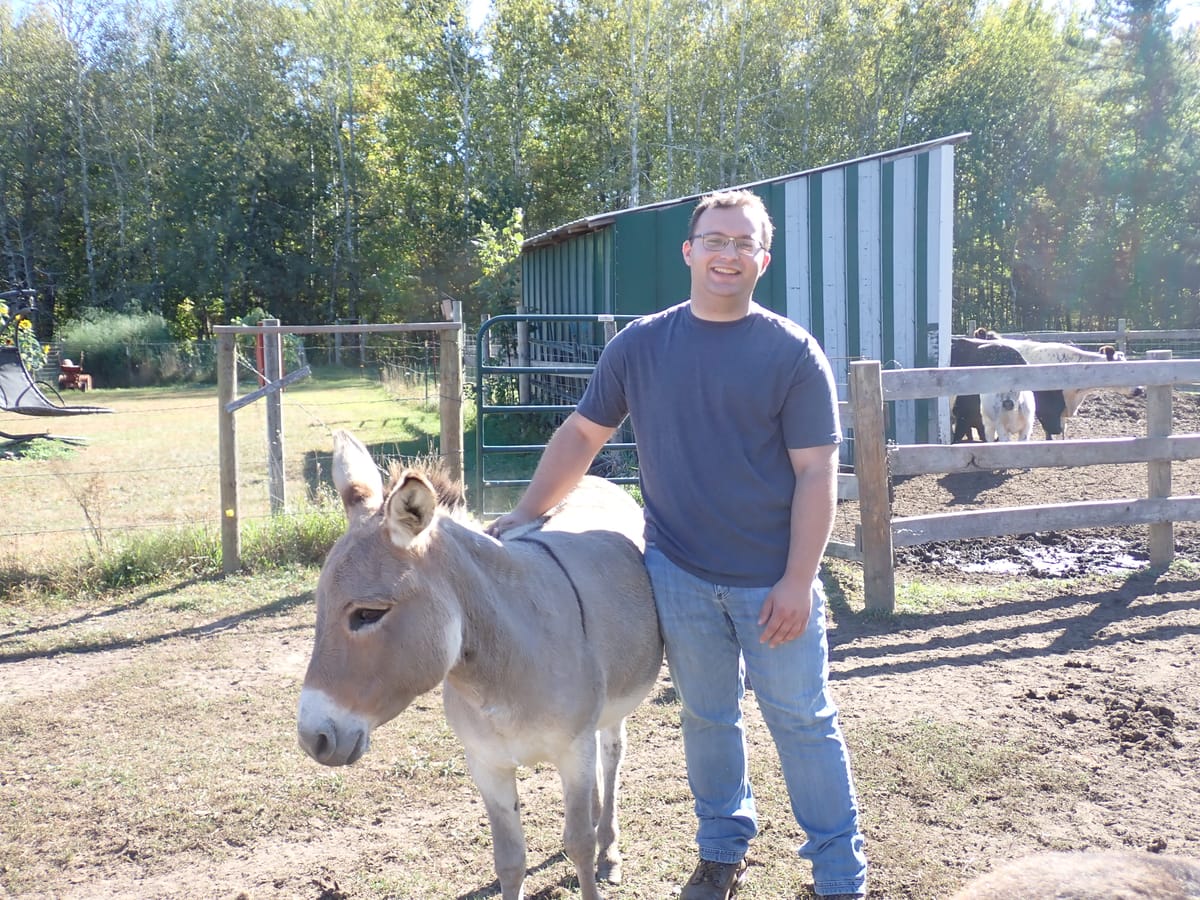
GLEN, Minn. — A herd of cows moseyed along a grassy field Connor Plagge has spent over a year rehabilitating. When Plagge’s family acquired the land from corn growers, the Aitkin County field was degraded from years of tillage, and it was overrun by weeds. Plagge worked out a plan with the Soil and Water Conservation District (SWCD).
First, he planted radishes to break up the compacted soil, then peas to add nitrogen, followed by 5-foot rye grass — all thanks to a no-till drill Plagge rented from the district. Such a service is provided by 39 of Minnesota’s 90 SWCDs, according to a search of district websites.
Plagge mused about the field's fate if not for the rental program. “I don’t know what I’d seed it with,” he said.
Veronica Lundquist, Aitkin County SWCD’s soil health and outreach specialist, said the field will take a few more years to rehabilitate. “But I mean, it's night and day difference from last year,” she said.
Conventionally, farmers turnover soil with a till in the spring to prep and warm the field for planting — an attractive option given Minnesota’s shorter growing season, but one that contributes to problems like erosion and runoff of excess nutrients into the watershed, according to the USDA.
Farmers can improve soil function by minimizing soil disturbance and maximizing soil cover, biodiversity, and the presence of living roots, according to the Natural Resources Conservation Service. No-till planting and cover crops — practices enabled by SWCD equipment rental programs — meet those soil health principles.
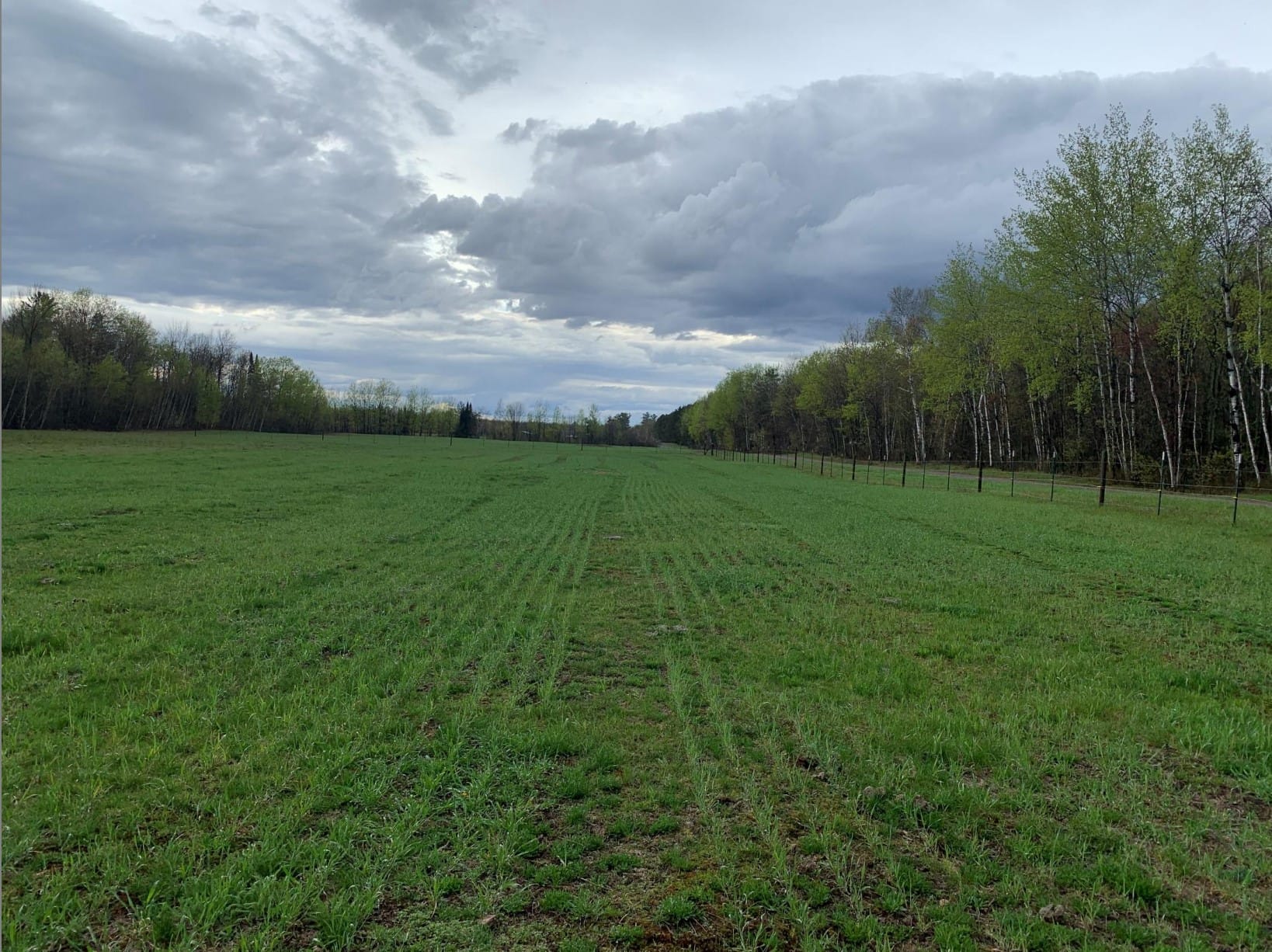
“Primarily we got [the no-till drill rental program] as an educational tool to expose landowners to the no-till farming aspect, and I’d say small enough that everybody had a tractor large enough to pull it,” Kevin Kassenborg, the district manager for Clay County SWCD, said.
How it works
Since 1993, Kassenborg said a number of people first experimented with the rental before they purchased their own.
“It's really a pretty easy rental program where the equipment shows up where you need it when you need it, and it's a reasonable cost,” Clay County farmer Tad Schauer said. On average, district drills cost about $12 per acre to rent.
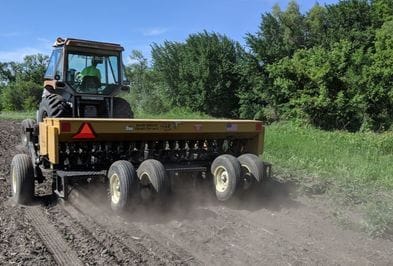
Schauer uses the drill to plant wheat and cover crops where it works. Though he doesn’t think it has improved his yields, he wants to leave the land better for future generations.
“As we learn more and as technology becomes available for us to do a better job, where we see that there's issues, it’s our responsibility to do our best to change our farming practices to incorporate the new technology and take care of the land better,” Schauer said.
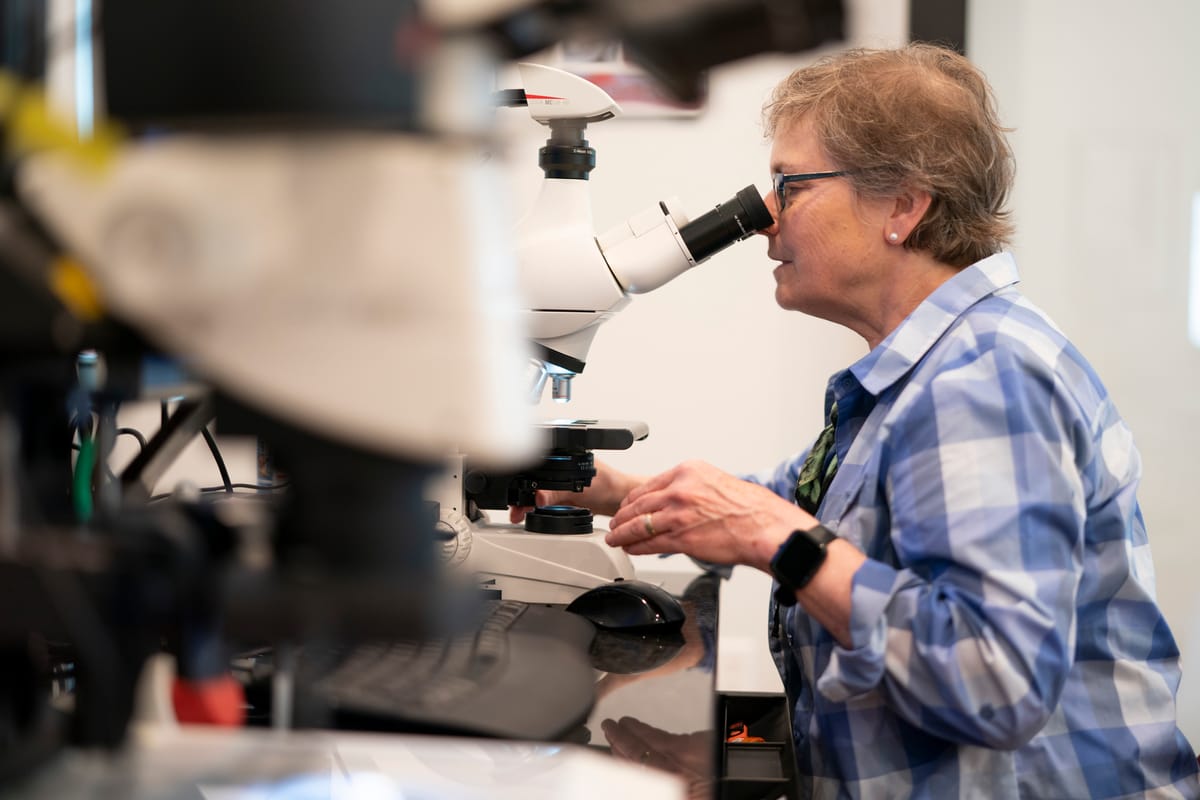
Potential upsides
Back in Aitkin County, Lundquist said cover crops can reduce what she calls “snirt”: the concoction of snow and dirt created by erosion.
Snow highlighted the extent of wind erosion on farmland for Bill O’Brien back when he flew for commercial airlines.
“You could just see the dirt carried from farm to farm onto that snowpack. And that's simple wind erosion. Very evident. So that really reinforced in my mind the idea of the benefits of no-till,” said O’Brien, who farms land in St. Louis and Pine counties.
In terms of yield, he said results have been average but slow. However, he doesn’t mind the wait and said he’s always trying new things.
When a no-till drill costs tens of thousands of dollars, a farmer with eyes on their bottom line may be hesitant to plunge into the unknown. It’s a concern shared by small and big farmers alike.
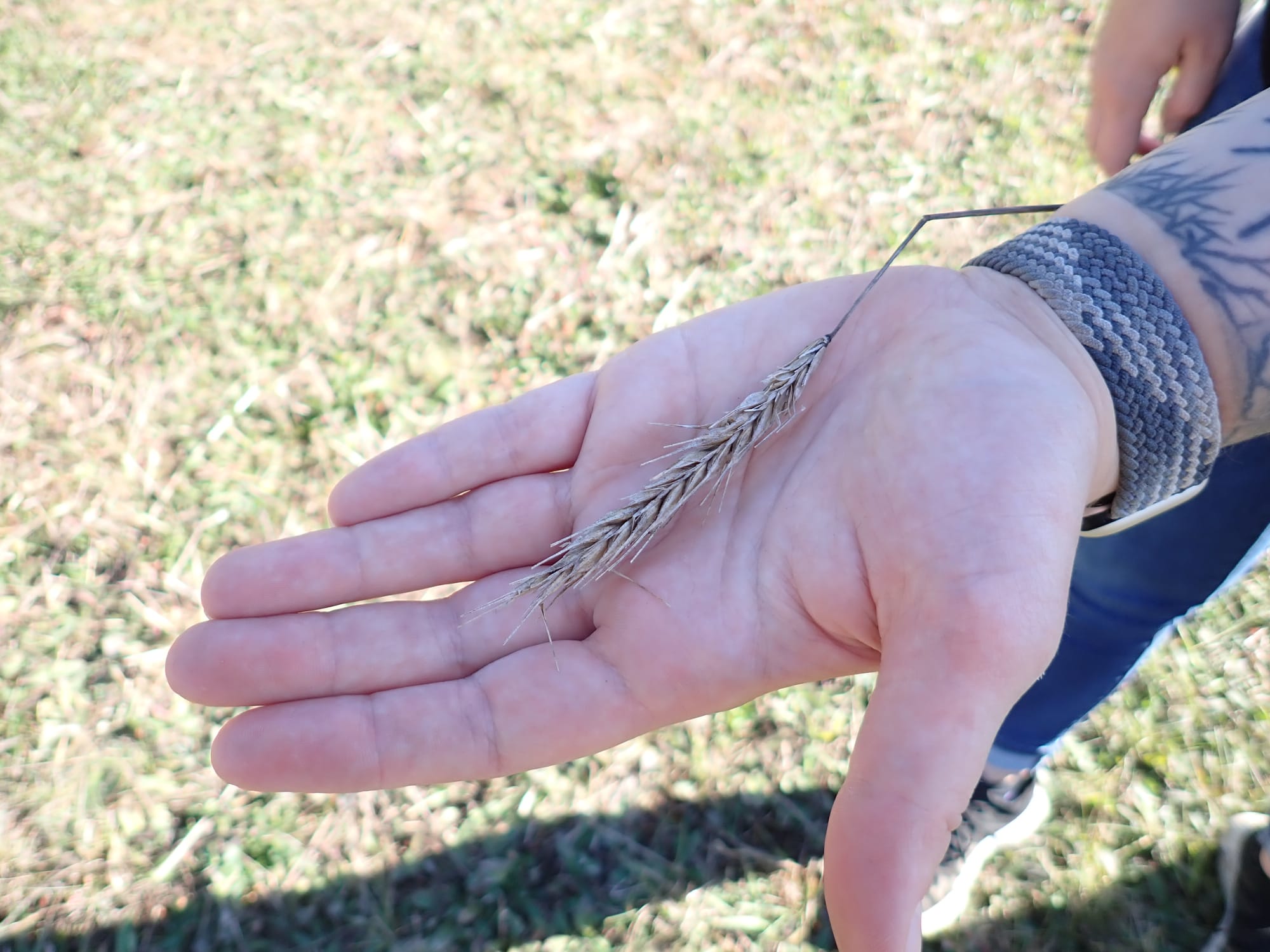
Katie Wilts Johnson, an economist for the Center for Farm Financial Management at the University of Minnesota, said that though large farms theoretically have the money to spring for a new machine, they contend with greater management costs. SWCD rental programs, financial assistance, and grants can be used to test the waters on a portion of a farm.
“In terms of experimentation that is actually one thing that I do recommend rather than throwing your whole operation into a brand-new practice that may or may not work on your farm,” Wilts Johnson said.
Sign up for Project Optimist's newsletter
Solution-focused news, local art, community conversations
It's free. No spam. Unsubscribe anytime.
SWCD rental equipment can also address logistics and other challenges that may pop up. Given this year’s unusually wet spring, Farm Bill Technician Ben Datres said farmers in Carver County would rent a no-till drill to replant previously flooded alfalfa fields.
Aitkin County SWCD bought a seeder drone in 2023 with a grant from the Minnesota Department of Agriculture. Eventually residents will be able to rent the drone to plant fields too small for planes or helicopters to serve. Small enough to fit in the back of an SUV, this airborne sower can spread 55 pounds of seed on fields too wet for ground equipment to access.
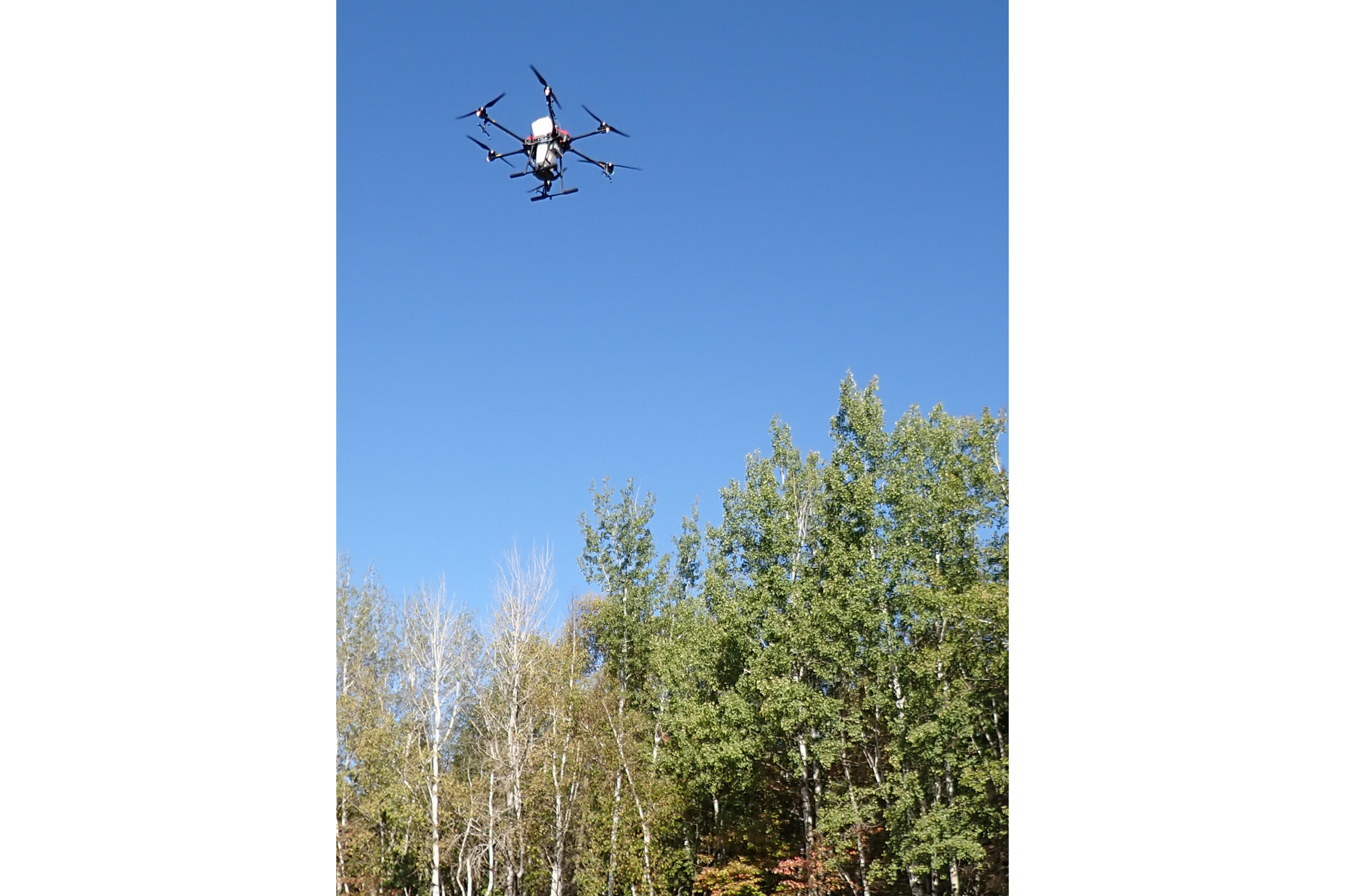
Planting for conservation
Though planting cover crops is a common use for rented drills, the primary application in a few of the districts Project Optimist heard from is planting acres of grass for the Conservation Reserve Program.
“The adage is you farm the best and use the Conservation Reserve Programs on the rest," Grant Herfindahl said. The Swift County farmer has planted CRP for about 30 years, and he rents Swift SWCD’s no-till drill to do so.
With CRP, farmers can receive rent payments from the federal Farm Service Agency by setting aside marginal land for long-term growth of native grasses for a contract period.
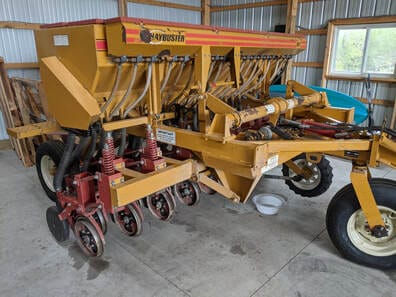
Herfindahl said uniformly spread seed, like planting a lawn, is the goal for CRP. A no-till drill can achieve that, but without Swift's rental programs, he said he would have to look to less effective alternatives, like a broadcast seeder.
Because he uses the machine so infrequently, Herfindahl said it’s not cost effective for him to own a no-till drill.
“Because when you're planting conservation acres, you might be seeding that crop once, and the grasses or wildflowers will continue for the life of that conservation reserve program contract, which is 10 or 15 years,” Herfindahl said.
“I enjoy conservation,” he said. "I noticed that the pheasant population and duck population absolutely went up when I put some of the land into conservation use.”
Limitations, successes
Among the limitations of the rental programs are the specifications and availability of the equipment. Districts tend to own only one or two drills, which limits their ability to scale up operations. And the size of the drills gears them more for small farms.
Furthermore, not all drills are the same. In Clay County, the no-till drills the SWCD rents don’t plant CRP seed mixes, just crops, said Gabe Foltz, Clay SWCD’s district technician.
Maintenance costs are also a challenge that have led some district rental programs, like Becker County’s, to close shop. Employees from two districts said they spend $2,000 a year on maintenance.

Regardless, some districts see their rental programs as a starting point — a small part of the resources they can provide. For the farmers Project Optimist talked to, the rental programs are their only nearby options, and SWCDs often provide services like soil testing and cost share.
And at a county level, Ed Clem sees success. The Soil and Water Resource Technician for Becker SWCD said the original intent of sparking early adoption of no-till practices worked.
“After about 10-15 years we were seeing it widely adopted by the landowners themselves going out and buying their own no-till equipment. So the useful life of it ran out," Clem said.
Despite Becker ending the program due to maintenance costs and the strain to transport the equipment, Clem recommended it to other districts.
“If there’s districts that … have that situation where it needs to be introduced,” Clem said, “where education needs to be there for promoting soil health, promoting no-till, and stuff – yeah, I would definitely recommend that they do that (no-till rental program) as an educational effort.”
